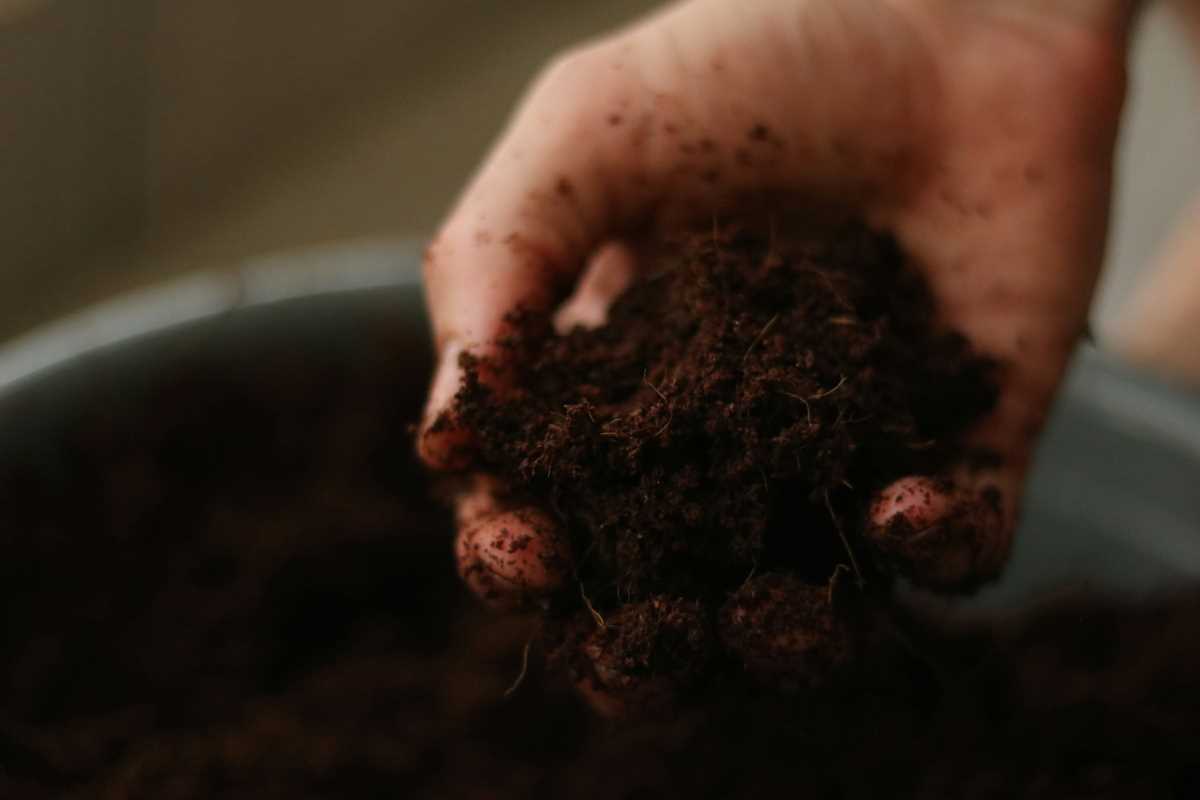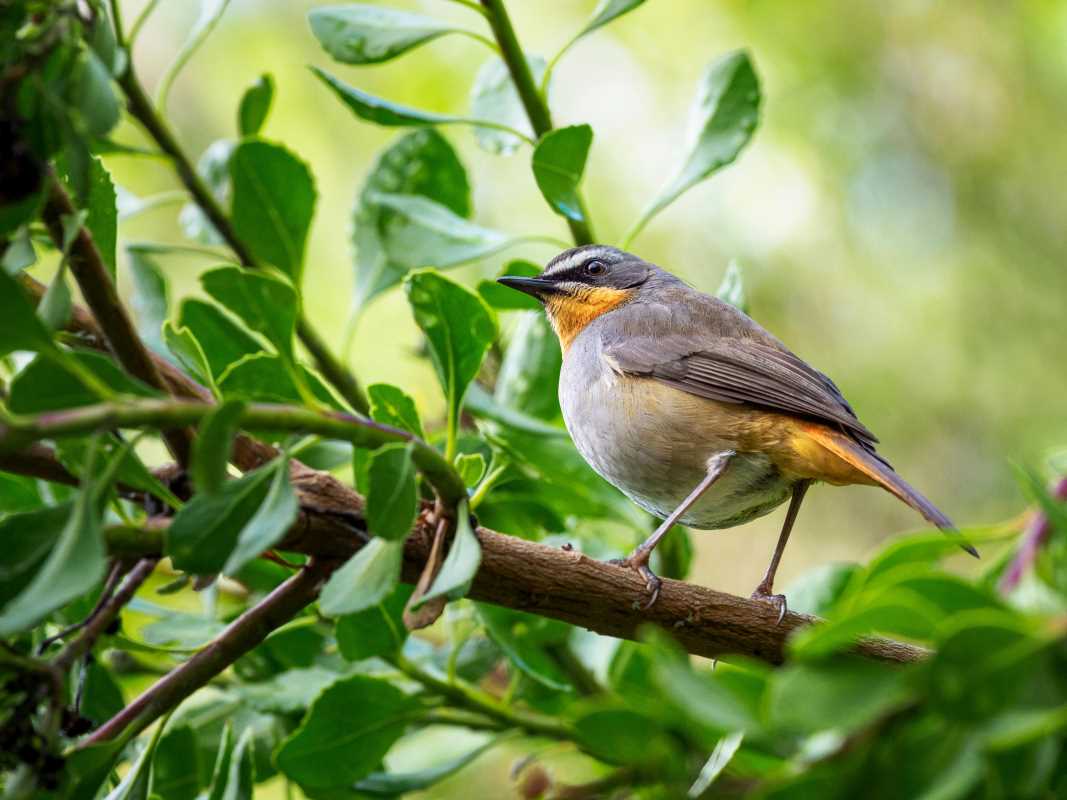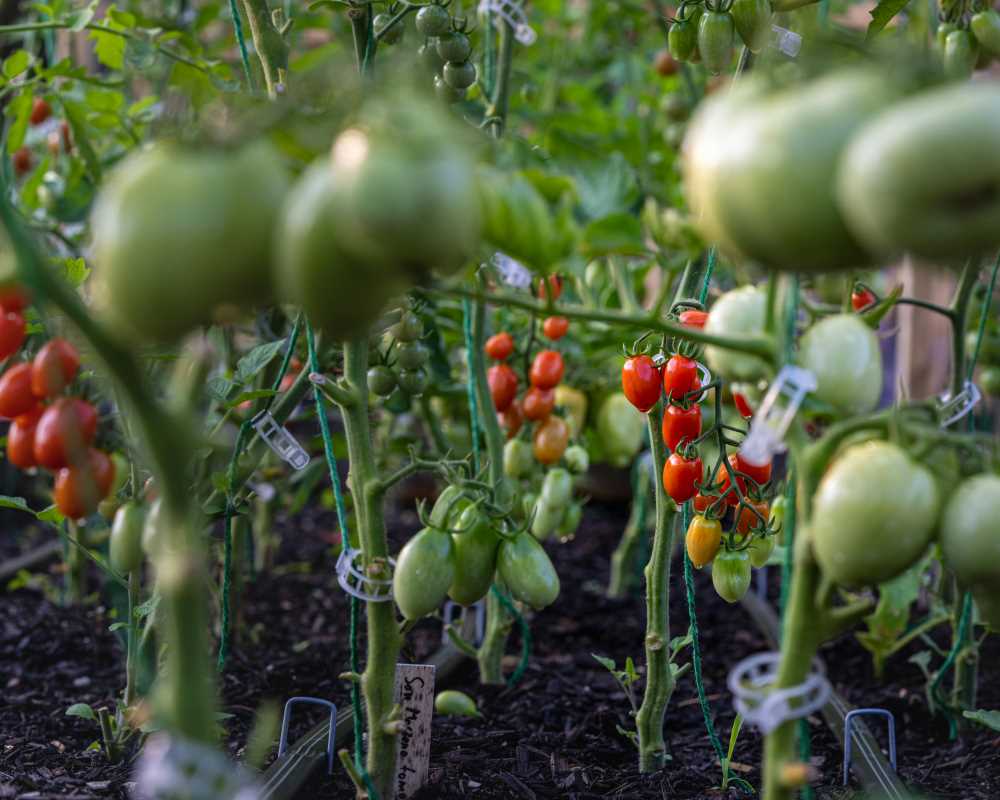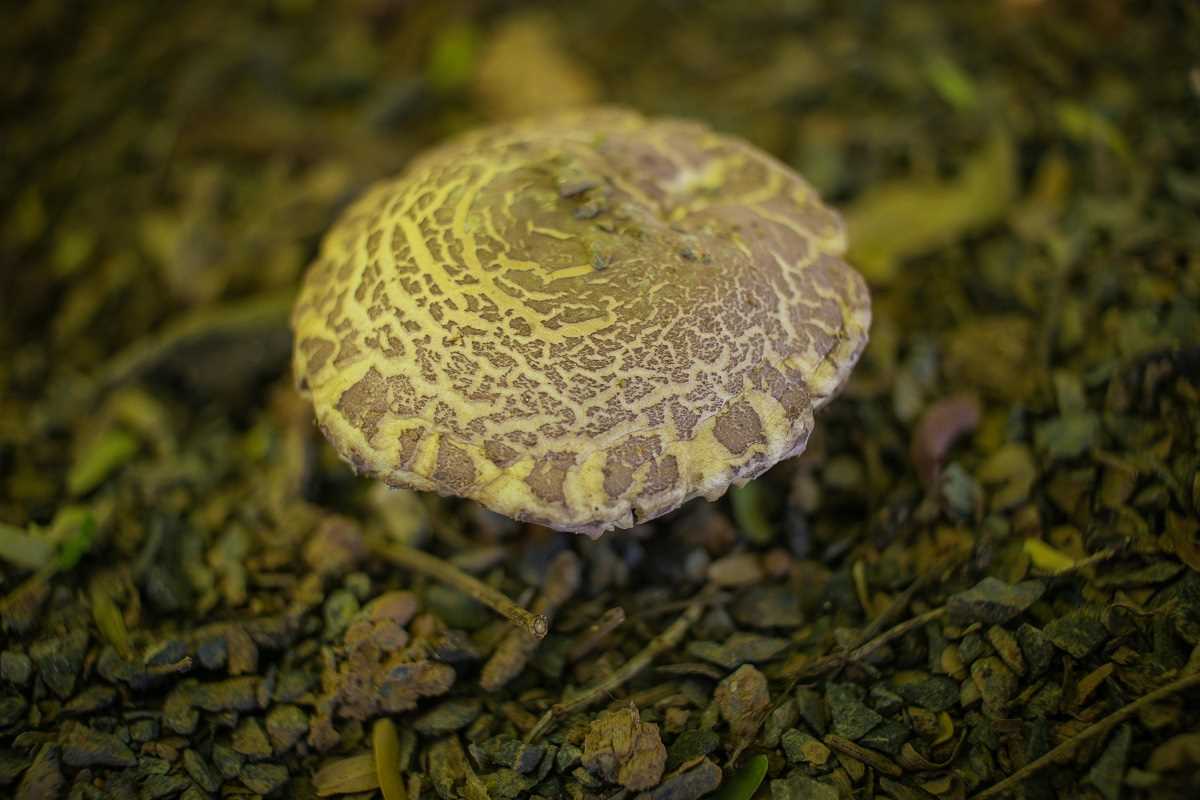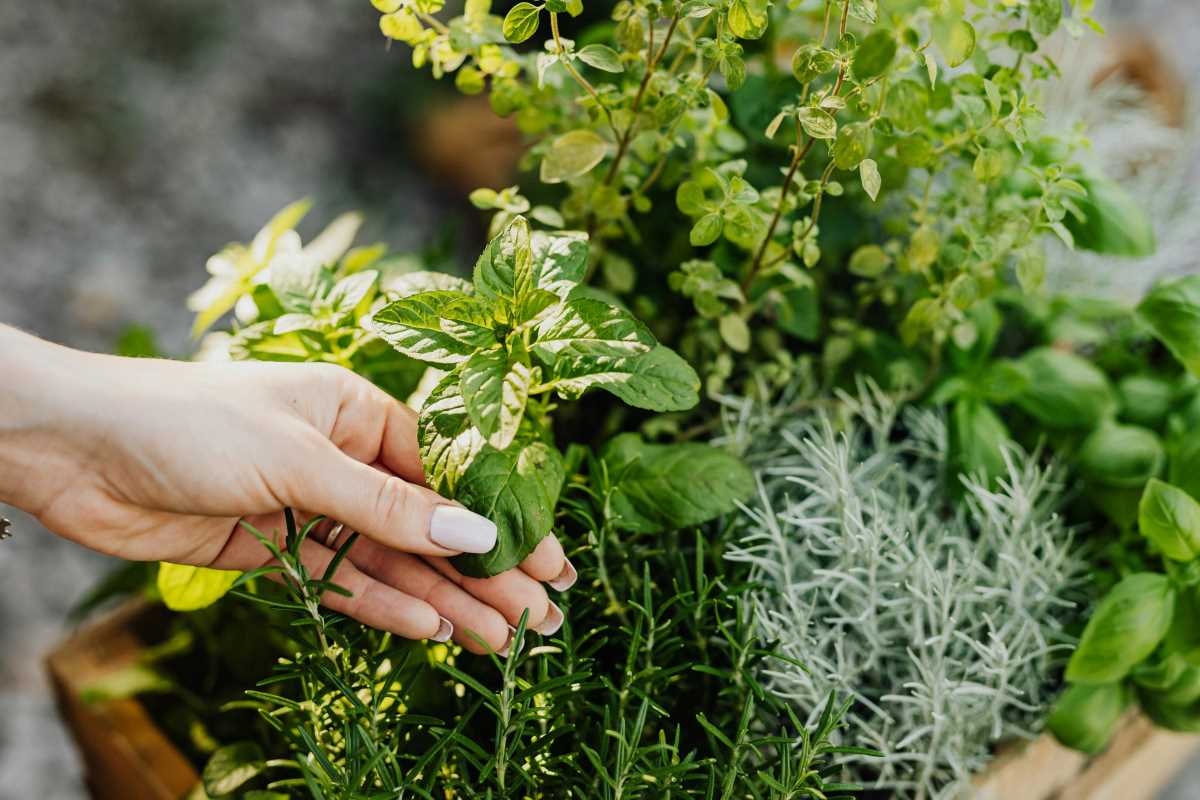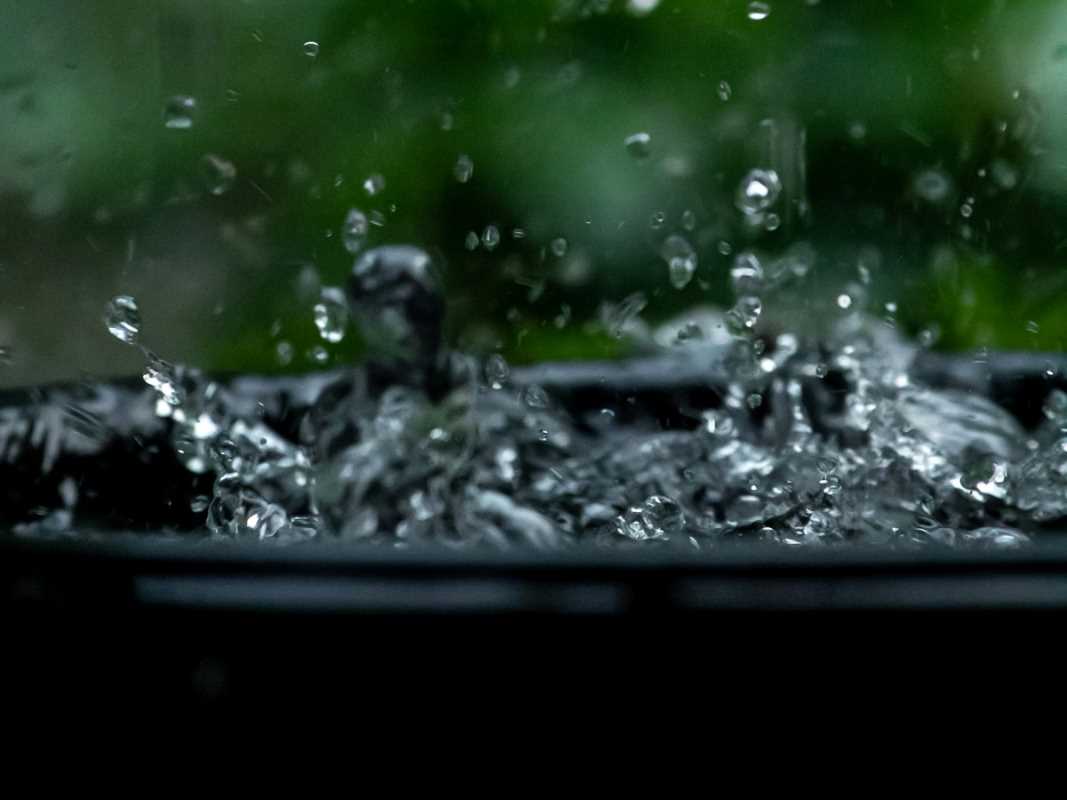Mulching is one of the simplest ways to keep a garden thriving, offering benefits like moisture retention, weed suppression, and improved soil health. But, not all mulches are created equal, and some options can inadvertently harm the very creatures that sustain your ecosystem, such as bees, beetles, and other small wildlife.
For eco-conscious gardeners, choosing a safe mulch is about more than aesthetics. It’s about fostering a garden teeming with life. This guide explores the importance of mulch in the garden, highlights mulches that are safe for pollinators and other small creatures, and offers practical tips for applying mulch in ways that support biodiversity.
Why Mulching Matters
Mulch serves multiple purposes in the garden. It forms a protective barrier over soil, regulating temperature and conserving moisture. Organic mulches also break down over time, adding nutrients and improving soil structure.
Key Benefits of Mulching:
- Moisture Retention: Mulch prevents water evaporation, reducing the need for frequent watering.
- Weed Suppression: A layer of mulch discourages weed growth by blocking sunlight.
- Erosion Control: Mulch helps stabilize soil, preventing erosion during heavy rain.
- Temperature Regulation: It keeps soil cool during hot summers and insulates it during winter.
- Nutrient Enrichment: Organic mulch decomposes into humus, enriching the soil with organic matter.
While these benefits are universal, it’s crucial to select mulches that align with eco-friendly practices and protect small organisms.
Mulches That Are Safe for Bees and Small Creatures
Many types of mulch are both garden-friendly and wildlife-friendly. The key is to use natural, untreated materials and apply them with care to avoid harming critters that live in or visit your garden.
1. Leaf Mulch
Shredded autumn leaves are one of the best options for wildlife-safe mulch. When left to decompose, they mimic the forest floor, where many insects and small animals naturally live and forage.
- Why It’s Safe: Leaves create natural shelter for ground beetles, solitary bees, and other small creatures.
- Benefits: Lightweight, decomposes quickly, and adds organic matter to the soil.
- Application Tips: Spread leaves in a thin layer to prevent matting, which can reduce air and water penetration.
2. Straw
Straw, made from dried stalks of cereal grains like wheat or oats, is another great option. It’s an excellent lightweight mulch, particularly for vegetable beds.
- Why It’s Safe: Straw isn’t compact, allowing for airflow and easy mobility for small creatures.
- Benefits: Weed suppressant, simple to spread, and easily compostable.
- Caution: Ensure you’re using straw and not hay, as hay contains seeds that can sprout.
3. Wood Chips
Mulches made from untreated wood chips or bark are ideal for shrubs, trees, and perennial beds. This mulch breaks down more slowly, providing long-term soil enrichment.
- Why It’s Safe: Wood chips create a loose, aerated layer that allows beneficial insects and pollinators to nest.
- Benefits: Slow decomposition for long-lasting coverage and excellent weed suppression.
- Caution: Avoid dyed or chemically treated wood chips, as these can leach harmful chemicals into the soil.
4. Cocoa Shell Mulch
This fragrant mulch, made from cocoa bean shells, is another wildlife-friendly option. It’s especially attractive to gardeners who enjoy its chocolatey aroma.
- Why It’s Safe: Its lightweight composition doesn’t smother or compact habitats.
- Benefits: Decomposes quickly, enriches soil with nitrogen, and looks great in flowerbeds.
- Caution: Not suitable for gardens where pets have access, as it can be toxic to dogs.
5. Compost
Using compost as mulch adds nutrients directly to the soil while also supporting beneficial organisms. It provides a welcoming environment for soil microbes, which are essential for a healthy garden.
- Why It’s Safe: Encourages earthworms, soil-dwelling beetles, and other creatures that improve soil health.
- Benefits: Feeds plants, reduces waste, and supports biodiversity.
- Caution: Use finished compost to prevent unwanted pests and pests.
6. Pine Needles
Also known as pine straw, these needles are lightweight and acidic, making them an excellent choice for acid-loving plants like blueberries and azaleas.
- Why It’s Safe: Pine needles are loose and breathable, ensuring insects can move freely.
- Benefits: Long-lasting, aesthetically pleasing, and helps maintain soil structure.
How to Apply Mulch Safely
Mulch application isn’t just about dumping a pile of material over your beds; there’s a technique to doing it responsibly, especially when considering the safety of small creatures.
1. Right Depth Matters
Apply mulch at a depth of 2–3 inches. Too thin, and it won’t suppress weeds or retain moisture; too thick, and it can suffocate the soil and the organisms living in it.
2. Leave Space Around Stems
Keep mulch about 2 inches away from plant stems and tree trunks to prevent rot and pest infestations.
3. Avoid Blocking Nest Openings
Ground-nesting bees and other creatures rely on open soil. Leave small bare patches or scatter mulch lightly to accommodate their needs.
4. Monitor and Replace Regularly
Organic mulches decompose over time. Regularly check your mulch layer and replenish it as needed to maintain effectiveness without smothering the soil.
5. Combine Mulches
For gardens with various plant types, consider combining mulches. For example, wood chips around trees and straw in vegetable beds ensure the needs of different plants and creatures are met.
Mulches to Avoid
While some mulches are great for soil health, they’re not necessarily safe for bees and small creatures. Here are a few types to steer clear of when prioritizing wildlife.
1. Dyed Mulches
Brightly colored mulches, often dyed red or black, are treated with chemicals that can seep into the soil and harm insects.
2. Rubber Mulch
Made from recycled tires, rubber mulch doesn’t decompose and can leach harmful chemicals into the soil. It also fails to mimic natural habitats for insects.
3. Thick, Matted Grass Clippings
While some grass clippings can be beneficial, thick or wet layers quickly mat and decompose anaerobically, creating unpleasant odors and harming soil life.
4. Plastic or Landscape Fabric
Though effective at suppressing weeds, these synthetic materials block airflow and water, disrupting the natural cycle of life beneath the soil.
Supporting Biodiversity Beyond Mulching
Mulching is an essential step, but there are other ways to make your garden a haven for bees, beetles, and other critters.
Plant Native Flowers
Native plants provide food and shelter for local pollinators. Include species that bloom in different seasons to support wildlife year-round.
Add a Water Source
A shallow dish of water with stones allows small creatures, including bees, to hydrate safely.
Limit Chemical Use
Avoid pesticides and herbicides, which harm beneficial insects directly or disrupt their food sources.
Keep It Messy
Leave some areas of your garden wild. Twigs, leaves, and rocks provide valuable habitats for small creatures.
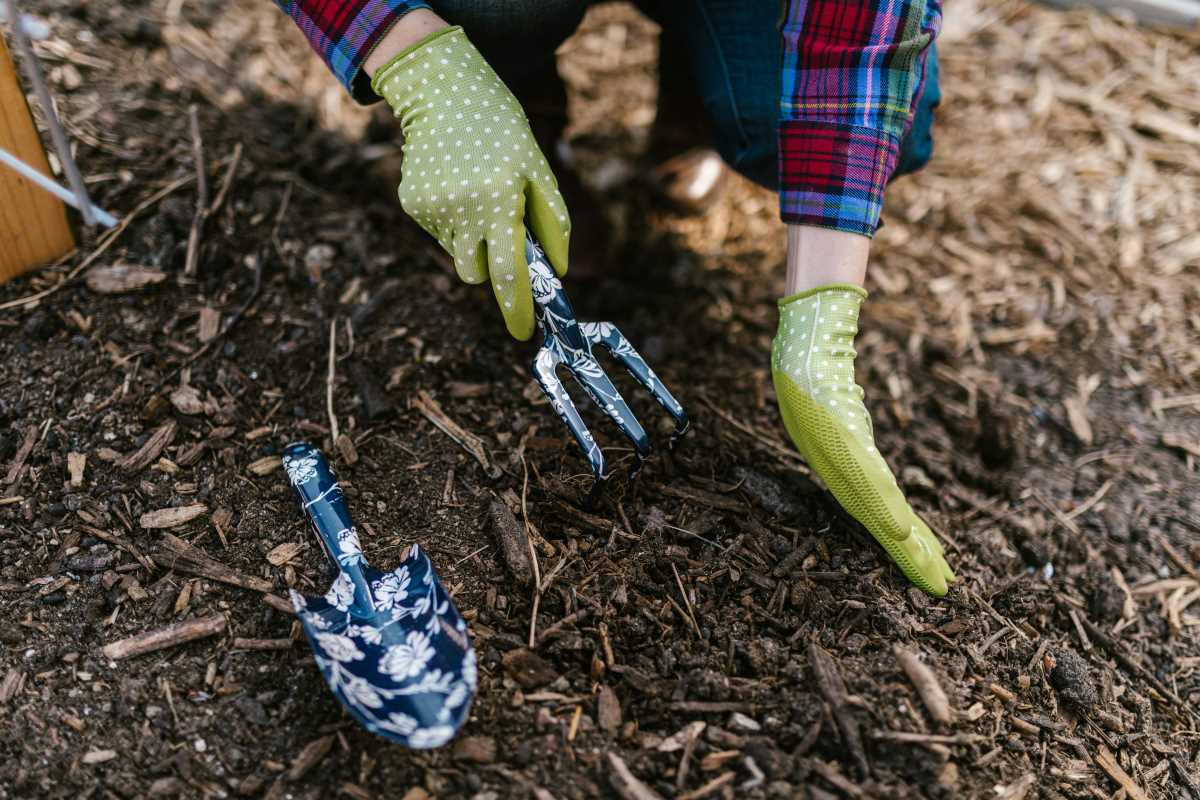 (Image via
(Image via